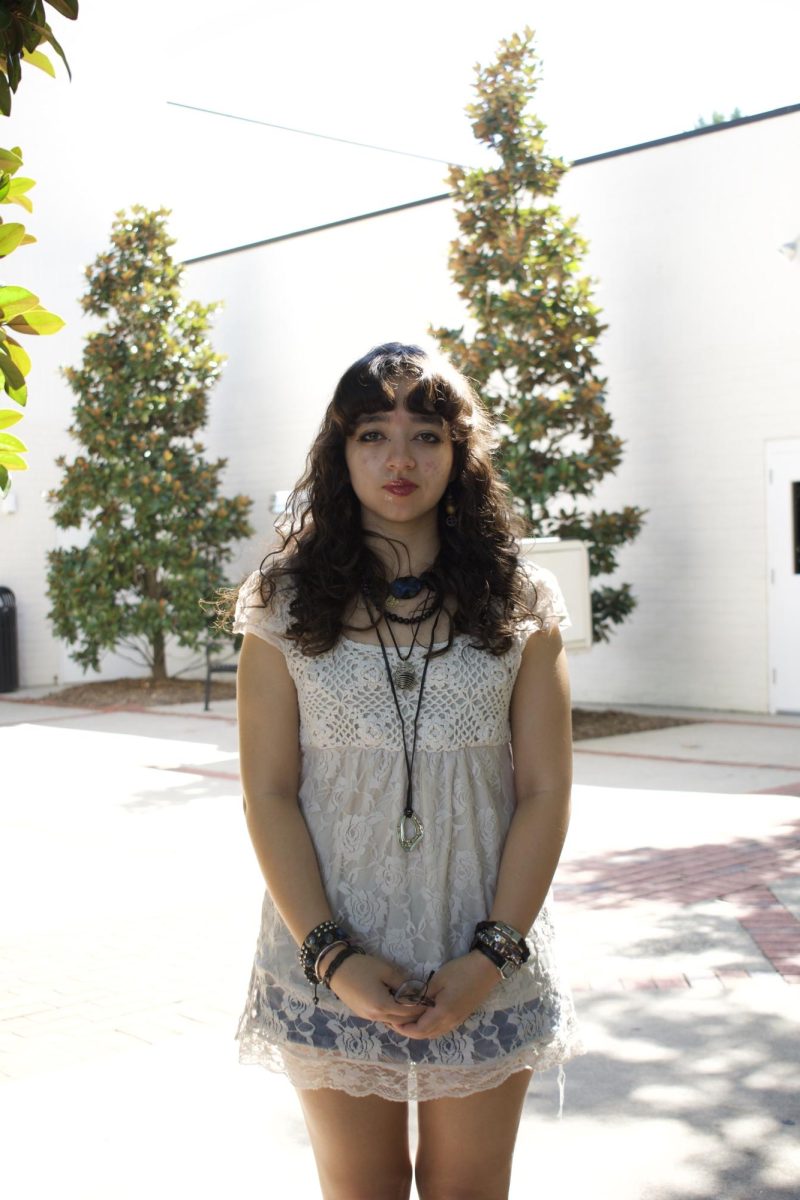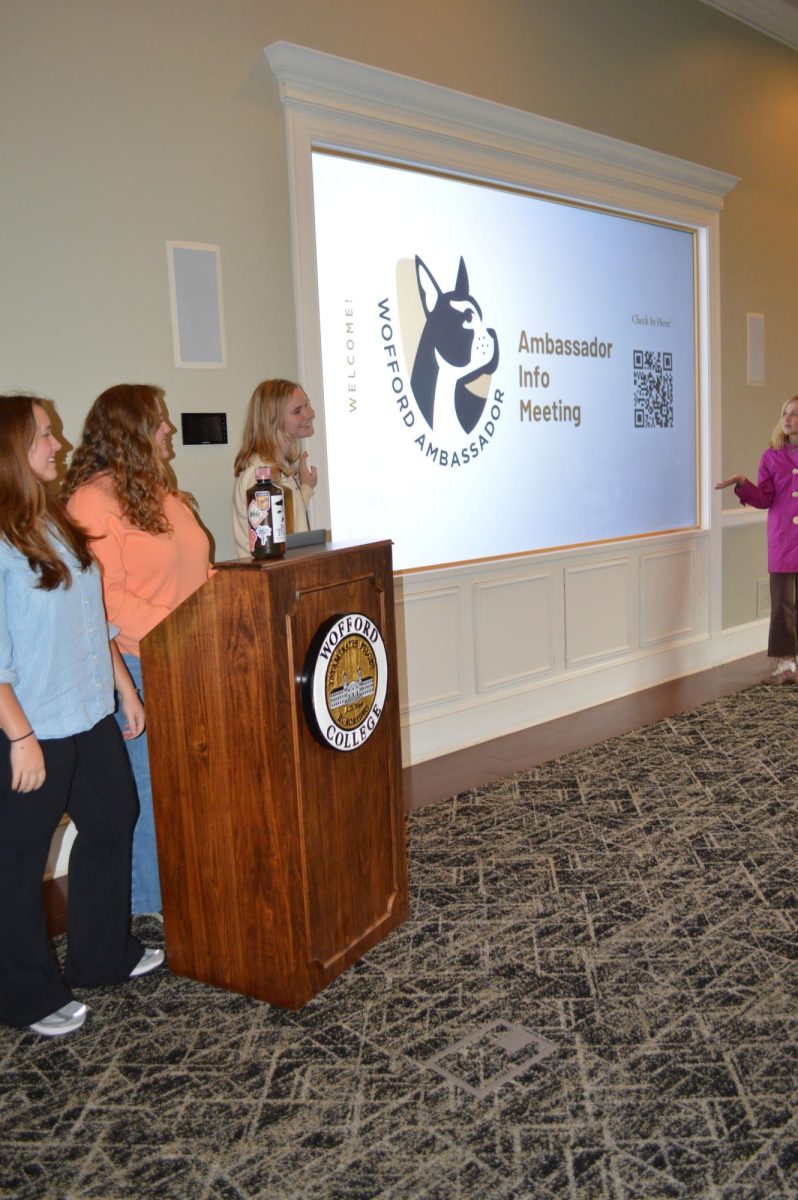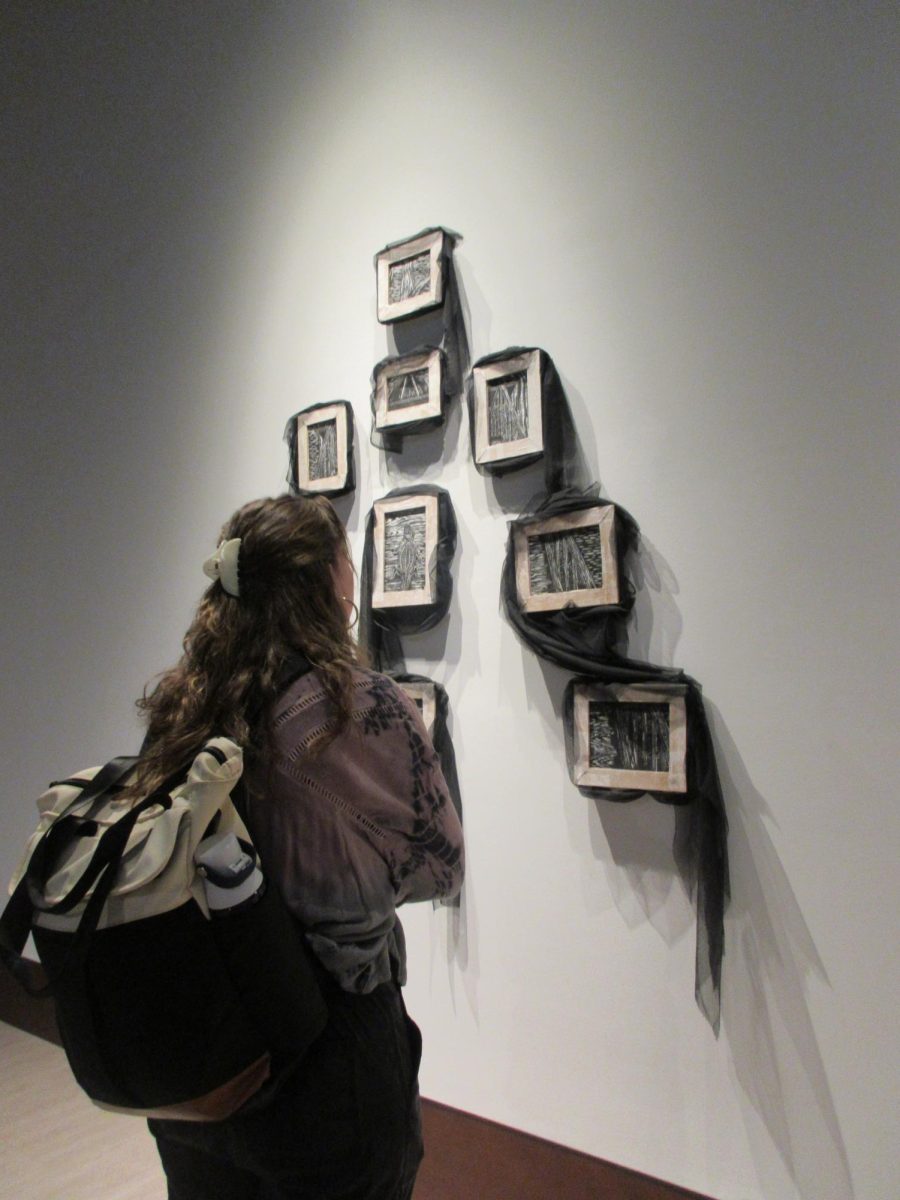By: Lydia Estes, staff writer
The “new” Rosalind Sallenger Richardson Center for the Arts is no longer “new” anymore. Well into its second semester of functionality, the building provides academic space for the fine arts, art history, and theatre departments. As well, it receives overflow from Old Main, as at least one rogue English class is held in one of the three “traditional” classrooms with desks and projectors.
Benjamin Karriker ’20 is enrolled in English 200 but expected to have class in Old Main. Instead, he walks beneath the Dale Chihuly glass sculpture on his way to Introduction to Literary Study with Dr. Whitfill. A variety of events have taken advantage of the space, and the Spartanburg community as a whole has borrowed the reception areas for art-education-related events.
The other academic spaces consist of studios and computer rooms. The Jerome Johnson Richardson Theatre and Sallenger Sisters Black Box Theatre have many upcoming performances. Between April 19-21 and 24-28, Tristan Krebs, senior theatre student, will present “Tartuffe” as director.
“True West” comes to stage today, Feb. 27, as a faculty showcase featuring professors Mark Ferguson and Daniel Day. Daniel Murray of the South Carolina Governor’s School for the Arts and Humanities will direct the production for its numerous showings through March 3.
The Richardson Family Art Museum is farther into its use, since its first exhibit, the Winston Churchill collection, unveiled last spring and remained through the summer. Now it features Spanish Colonial Art on the lower floor.
Coming April 19, senior Julie Woodson has curated a collection titled “Julia Elizabeth Tolbert: Her Paintings through the Eyes of Woman.” On the top floor, visitors to the museum find a modern exhibit titled “Mingled Terrain” by Judith Kruger. Based in Connecticut, Kruger is internationally esteemed for her visual study of human-environment connectivity.
Visible from many view points on campus, the Richardson Family Art Gallery presently displays work by assistant professor Jessica Scott-Felder. Her collection, “Three-Point Perspective: Conversations in Imagination, Legend, and Science” accompanied a lecture by Ingrid LaFleur, former candidate for mayor of Detroit and an advocate of the Afrofuturism arts movement. Later in the spring, the 8th Annual Juried Student Art Exhibit will replace Scott-Felder’s works in the front gallery.
Senior Parks Schoen has the opportunity to exhibit his work in this space at the end of the semester. He is enthusiastic about “more opportunities to explore art classes and develop [his] own work as [he] work[s] on [his] studio capstone”. The studio art seniors will debut their Capstone projects on May 8. Schoen cites that “there was a lack of studio space and access to the buildings outside of class, so it was hard to work on projects and excel in creating pieces.” While he does not plan on a career in art, Schoen anticipates to focus on art as a temporary summer job, creating commissioned pieces until he begins his position at Windy Gap, a Young Life camp, in the fall.
Building and practicing art, he hopes, will continue as a hobby and side job. As part of Schoen’s favorite aspect of the Rosalind Sallenger Richardson Center for the Arts, the new galleries, large studios and theatre spaces are intended to attract other students to join the fine arts and art history programs.




























